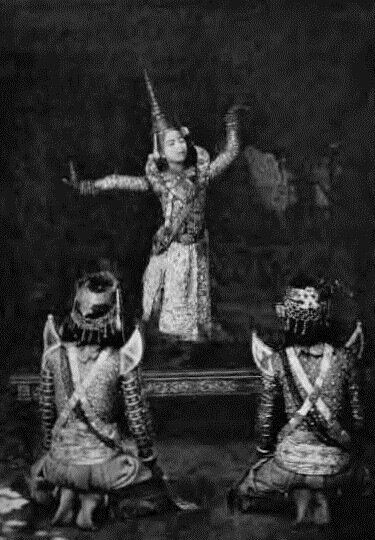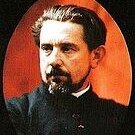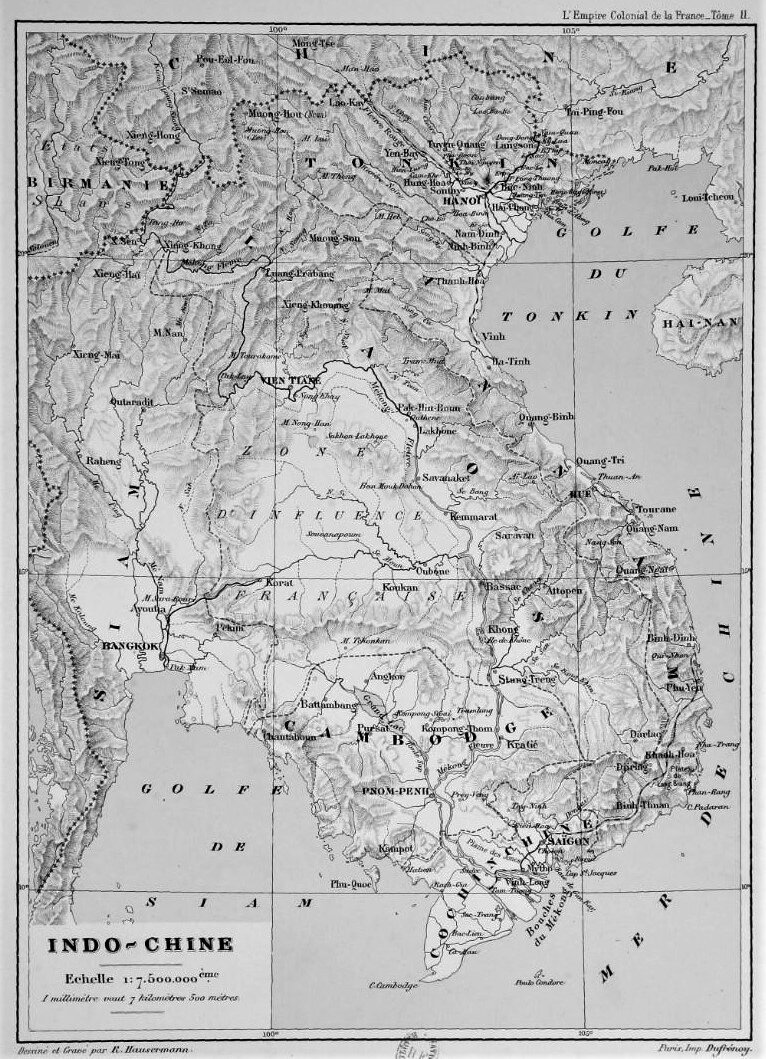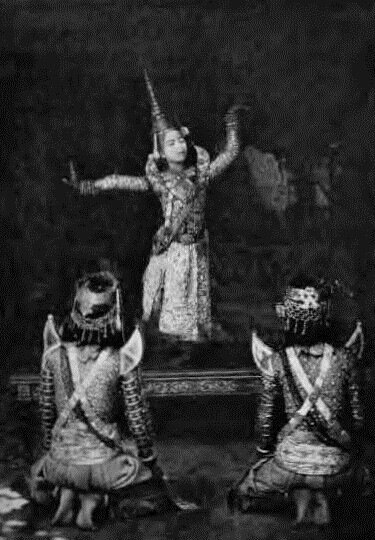Empire Colonial Francais: Indo-Chine (Cambodia and Laos)
by Jules Gervais-Courtellemont & Octave Vandelet
A richly illustrated journey through Indochina, and in particular Cambodia in the early years of the French Protectorate.

Type: e-book
Publisher: Imprimeries Firmin-Didot, Challamel, Paris | chapters on Cambodia and Laos
Edition: Electronic version bnf.gallica.fr | Chapters on Cambodia and Laos set apart by Angkor Database
Published: 1901
Authors: Jules Gervais-Courtellemont & Octave Vandelet
Pages: 54
Language : French
If many of these photographs have been circulating until today, they are rarely attributed to their author, Jules Gervais-Courtellemont. A professional photographer, he had come to ‘Indochina’, after extensively traveling North Africa and the Middle East, at the invitation of Paul Doumer, then French minister of the colonies.
The colonial perspective is pervasive in the book, while archaelogy not mentioned. Yet there are interesting notations on Vietnamese, Siamese, Cambodian and Laotian daily life. We have selected:
- A consistent description of court dance-theater at the Cambodian court, devoid of the usual cultural prejudice of the times: “Les auteurs cambodgiens ont créé une forme de théatre dont l’esthétique est aussi pure, aussi noble et aussi idéale que la notre”.
- Cambodia, a future ‘settlement colony’? ‘Le régime de la propriété est, en ce qui nous touché, aussi satisfaisant que possible. Depuis 1898, tout Français obtient, à titre gratuit, sur une simple demande au gouvernement, les hectares de terrain dont il a besoin, à condition, bien entendu, que ces terrains soient disponibles. On a vu plus haut que la quantité d’hectares non cultivés et qui pourraient, par suite, être donnés en concession à des Européens, représente une superficie de plus de 100,000 kilomètres carrés.’
- Remarkable similarities between Cambodian and Laotian wedding ceremonies: ‘L’officiant [in Luang Prabang] récite les prières pour demander au ciel et aux esprits d’accorder aux nouveaux conjoints longue vie et prospérité, puis, prenant sur le plateau un fil de coton, il l’attaché comme un bracelet au poigriet gauche du mari, il en fait autant au poignet droit de la femme. Ces bracelets sont des porte-bonheur; dans certains pays on en met aux deux poignets de chacun des mariés.’
Map by R. Hausermann in Indo-Chine
- Read our ebook here.
- email hidden; JavaScript is required
- In the foreword to his English translation of Alfred Raquez’s Pages laotiennes, William Gibson speculated that the publisher, F.H. Schneider, might have ‘lifted’ photos from the present book to add them to Raquez’s book. Yet, after further consideration, he suggested that the opposite might have occured. This mystery is even more puzzling when we remember that Raquez’s real name was…Gervais.
- The text of the Cambodian chapter was written by Octave Vandelet.
Tags: modern history, colonialism, photography, Modern Cambodia, Lao, dance, theater
About the Photographers

Jules Gervais-Courtellemont
Jules Gervais-Courtellemont (1863, Avon, France – 31 Oct. 1931, Paris) was a professional French explorer and photographer whose photographs of Indochina and Cambodia were widely published, often without his knowledge.
After spending his youth in Algeria, opening a photographic studio in Algiers in 1888, he converted to Islam and was one of the first Western men to openly visit and photograph Mecca in 1894, his first published book being Voyage d’Alger a Constantinople, Jérusalem, Damas.
With wife Hélène Lallemand — the daughter of explorer Charles Lallemand and also a professional photographer herself –, he visited Indochina, then Yunnan, Tibet, and China in 1900 – 1903. Part of their work was exhibited in Hanoi in 1902, and Jules was granted the Gold Medal of the Société géographique de France. He was a lifelong friend of Pierre Loti’s, with whom he shared a passion for the ‘exotic’.
When First World War broke, Courtellemont decided to cover the military actions in France, in particular the involvement of ‘Colonial troops’ in the battles. He applied a technique of color photography developed since 1908 and known as “autochrome”. His work is kept in various museums, including the Albert-Kahn Museum in Boulogne-Billancourt.
Octave Vandelet
One of the first French planter and breeder in Cambodia, Octave Vandelet (1848?, Paris — 30 Sept. 1912, Phnom Penh) started to reside and work in Cambodia as early as 1872.
A close confidant of Kings Norodom and Sisowath, Vandelet was the delegate for Cambodia to the Conseil Supérieur des Colonies and first president of the Mixed Council for Agriculture and Commerce in Phnom Penh.
With associate Félix-Gaspard Faraut, Vandelet imported 26 Ploermel cows to start a cow farm that numbered more than 1,000 heads. He grew cotton, corn, coffee, on some 650 ha of land. After an attempt to develop vineyards in South Vietnam, he was also the last farmer to grow opium in Cambodia.


